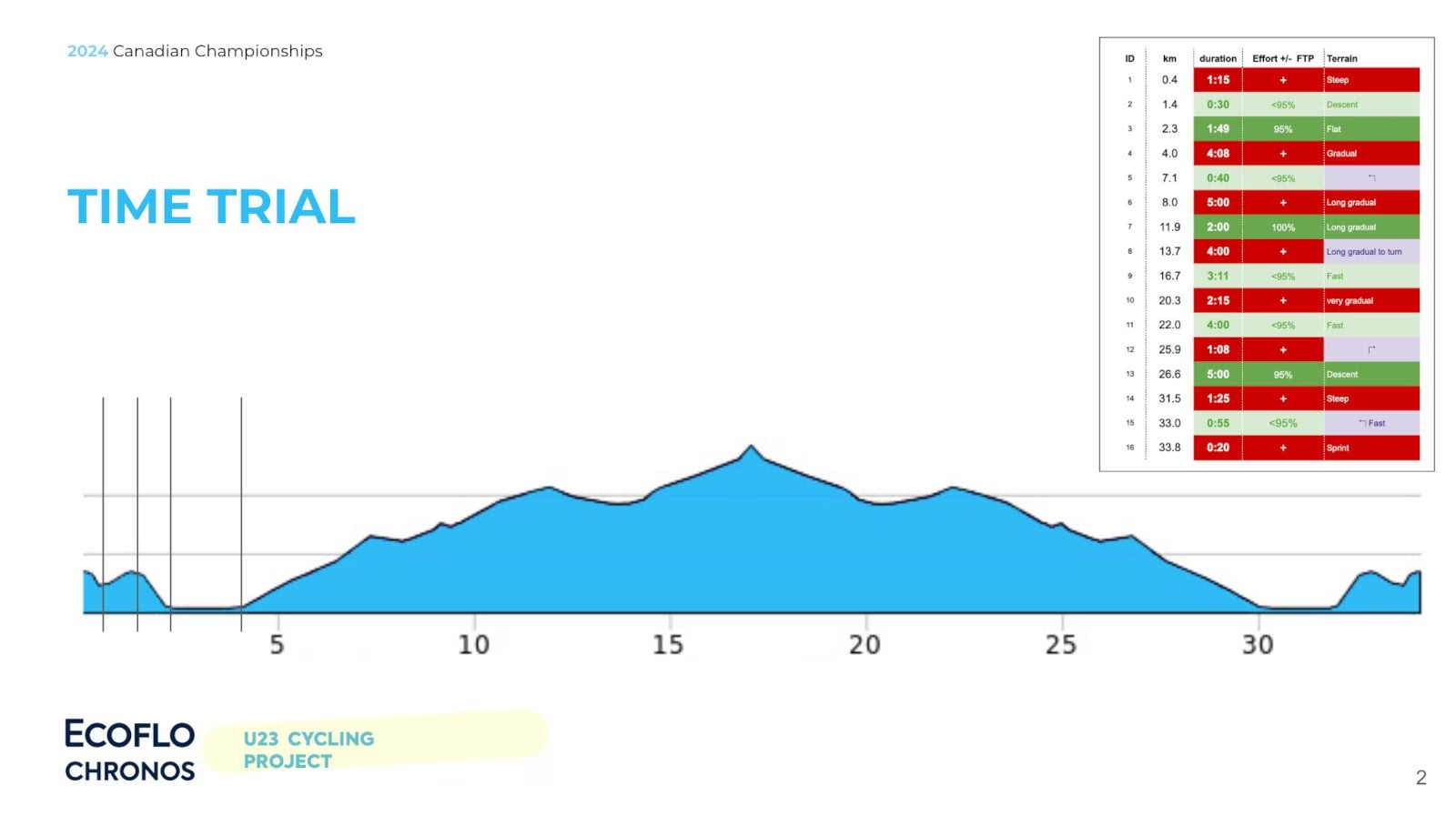In a pro time trial, everything counts. The bike, the wheels, the skinsuit, the helmet, the aero socks, the shoe covers—you get the drift. The time trial is called the “race of truth” because it strips cycling down to its purest form—just the rider, their bike, and the clock. No teammates to draft behind, no tactics, just an all-out effort to the finish. It’s the ultimate test of a cyclist, whether at the pro level or a local TT.
But the rider still has help from the directeur sportif, who plays a crucial role over the team radio, acting as both strategist and motivator
Who follows?
Sitting in the team car following closely behind, they provide real-time updates on pacing, wind conditions, and time splits relative to rivals. Their instructions help the rider maintain an optimal effort level, ensuring they don’t start too hard or fade too soon. They also relay technical details, such as upcoming turns or road hazards, while offering encouragement to keep the rider mentally engaged. In the final kilometres, the directeur sportif may push the rider to dig deeper, adjusting pacing strategy based on live data to maximize performance across the finish line. There will also be a mechanic on the ready in case there’s a technical problem, as well as perhaps another assistant directer sportif.
But what the directeur sportif relays is not improvised or ad hoc. In fact, what they will say during the race has been carefully prepared.
Sticking to a plan
According to longtime directeur sportif Kevin Field, what a DS communicates over the radio during a time trial is actually a complicated question. “The simplest answer is that a race plan is developed well before the race,” he says. “Mostly with the coach (trainer), rider, and some support people. The DS is involved, but not much. Part of this is deciding what will be communicated on the radio.”
Strategy for the event
Ideally, a physical course recon is conducted beforehand, followed by a debrief with the coach, DS, and rider to finalize the communication strategy. On race day, early time checks from other riders might lead to small adjustments, but for the most part, “the DS simply talks to the script determined” in the pre-race planning, Field says.
During the race, the DS provides key information, including “important time splits or differences from competitors (if this was part of the plan), corners, and…
Click Here to Read the Full Original Article at Canadian Cycling Magazine…

